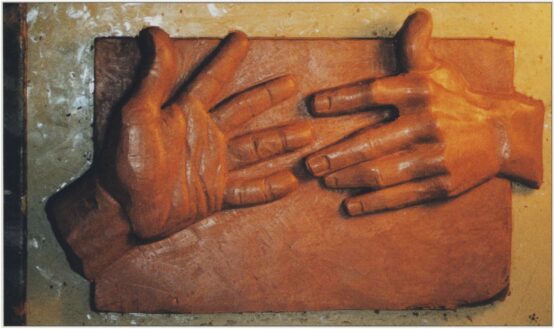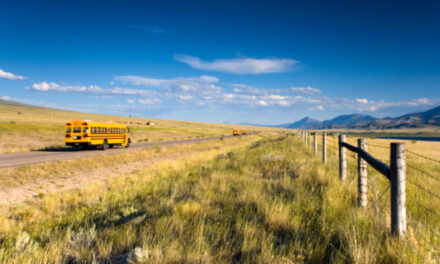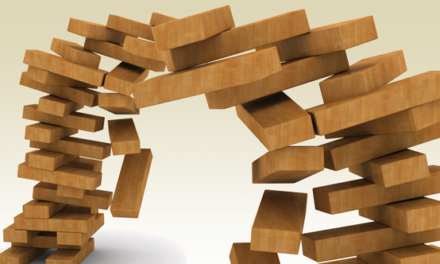An investment banker who was working in the World Trade Center at the time of the attacks, Mr. Glass, now a teacher, has finally figured out a way to discuss the event with his students.
This article originally appeared in the February 2003 Phi Delta Kappan.
Eighteen months or so before 9/11, I had begun taking graduate courses in education at night. After 25 years in the financial world, I was determined to become a social studies teacher before I turned 50. As a survivor of the attack on the World Trade Center who was about to enter the classroom as a teacher, I had many conflicting thoughts about the message I would share with my students. The need to put my thoughts on 9/11 into the form of a lesson kept tugging at me for more than a year. I tried many times, and just as many times I failed. For whatever reason, after a full year, the obstacles evaporated.
I am now a teacher and am preparing a social studies lesson on 9/11. I plan to discuss with students what I believe are some important and, frankly, heartening messages that don’t seem to get enough attention. Inevitably, we will have to discuss terrorism, but I will leave that lesson for another day.
First, the survival instincts of the people who were physically involved in 9/11 were unbelievably strong. Yet, in what could be seen as a contradiction to our societal focus on the self, the survival instincts that day were focused on the group and were highly humanitarian. Exiting the WTC, down crowded and smoke-filled flights of stairs, people stopped to help and comfort one another, carrying those who could no longer walk and giving articles of clothing to others to help cover wounds and shield eyes and lungs. All the while, the group kept moving.
Immediately outside the towers, the need to comfort and help others overwhelmed the urge to evacuate the area quickly. I saw the same scenario reenact ed as the collapse of the second tower chased me from the World Financial Centre boat basin north to Stuyvesant High School. People who couldn’t run were being helped by those who were in better physical and emotional condition, regardless of the expanding cloud of debris that seemed about to engulf everything in its path.
While all of these actions may be deemed small gestures of individual kindness and perhaps don’t qualify as acts of high heroism, the lesson they can teach us and our students is that, in times of life-threatening crisis, human beings will put themselves and their own safety at risk to help one another. The mass chaos and panic that we see in movies and on television when, for example, aliens chase crowds through the streets thankfully exists only in fiction. In real life, the group experience of danger seems to protect, calm, and strengthen those who are experiencing it.
I have never seen people work as hard as they did in the days and weeks that followed 9/11. At Ground Zero, the recovery efforts by legions of people went on nonstop for months. The employees of the companies affected directly by 9/ l l experienced the same rush of energy and need to recover and rebuild. At the investment bank where I worked, by mid-afternoon on 9/ l l, scores of employees and, on a volunteer basis, former employees had made their way to the last habitable office in the area to start to rebuild. By the next day, the rebuilding was not only under way, but far ahead of what anybody could have imagined possible. Virtually all hands were back on deck, and even competitors were calling with genuine offers of help. Within a few days, the entire financial community had rebuilt to the extent that the financial markets could reopen. Over the following months, employees of the stricken firms further rebuilt the infrastructure and capabilities in a way that surpassed what had taken decades to construct.
The lesson to be learned from such experiences starts with human resiliency, but it really goes much further. In times of crisis, the sum of our collective energy is much greater than the sum of our individual efforts. What’s more, this human energy is infectious. Given purpose and clarity of mission, a group of people can accomplish miracles. Now I understand how the pyramids were constructed.
In the ebb and flow of life, even opportunists can add value. As the rich and famous elbowed their way to the fore to be seen and photographed at Ground Zero, a certain healing quality nonetheless grew out of all the attention. The seemingly endless media coverage made the mourning universal and very much a shared experience. Communities came together, regions of the country united, and many people throughout the world expressed concern and support. The lesson here is that, in a time of great crisis, regardless of borders and distance, people will be empathetic, will act constructively, and will offer to help in a variety of ways. The tide of the social studies lesson I will teach is “Renewed Faith in the Human Race.” And its message is that out of atrocity can come strength, goodness, and hope. Human spirit and group strength, unlike buildings, cannot easily be destroyed.
Citation: Glass, J. (2003) September 11: Atrocity and the human spirit. Phi Delta Kappan, 84 (6), 464-465.
ABOUT THE AUTHOR

Jeffrey Glass
JEFFREY GLASS, a second-career teacher, has just completed student teaching in the Freeport School District, thus finishing his graduate work at Molloy College, Rockville Centre, N.Y.










